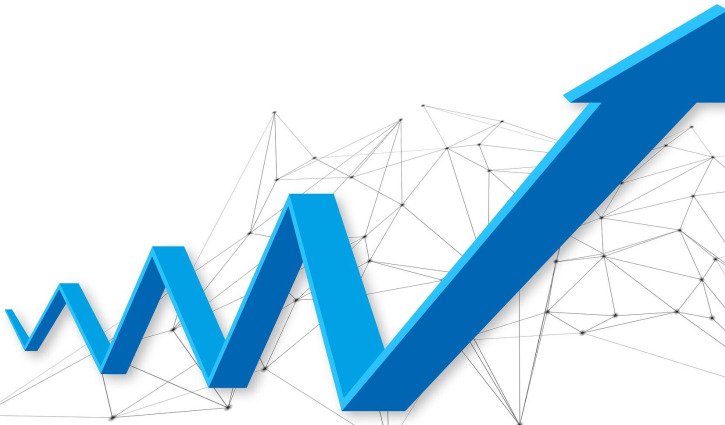The National Australia Bank’s (NAB) monthly business conditions survey for December showed a slight increase on Tuesday.
According to the survey, business conditions climbed to six index points in December compared to three in November, while business confidence rose by one point to a reading of -2 points.
NAB’s chief economist, Alan Oster, noted an “improvement in retail conditions, which may reflect a pick-up in consumer spending at the end of 2024”.
The survey results come as the Reserve Bank of Australia (RBA) prepares for its first policy meeting of 2025 in February. ASX's RBA Rate Tracker currently indicates an 84% chance of a 25 basis point interest rate cut, which could provide further support to business activity.
The ongoing recovery in consumer spending likely reflects historically low unemployment rates and the positive impact of income-tax cuts introduced in mid-2024, which have bolstered household budgets.
Business conditions improved across most industries, except for transport and utilities, construction, and wholesale sectors.
Retail conditions returned to positive territory for the first time since November 2023.
Forward orders increased by three points to minus two index points in December, with mining and retail orders showing notable improvement. However, both industries remain the weakest in trend terms.
Capacity utilisation rose to 82.8% in December, remaining well above its long-term average of 81.3%.
Oster noted, “Nonetheless, capacity utilisation is well down on the levels seen through late 2022 despite only a small easing through 2024. This suggests that while the economy continues to rebalance, the process remains gradual.”
On costs, the survey showed that purchase cost growth edged up to 1.5% in quarterly terms, while labour cost growth eased slightly to 1.4% on a quarterly-equivalent basis.
“The easing in labour cost growth at the same time employment conditions improve suggests that wage pressures continue to soften.” said Oster.
Output price growth increased by 0.3 percentage points to 0.9% in quarterly terms, and retail prices rose slightly to 0.7%, as Oster noted that "businesses continue to face some price pressures”.


